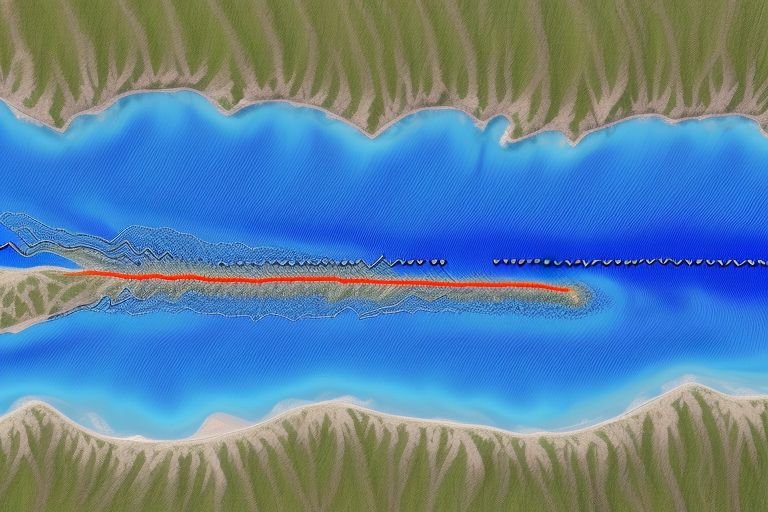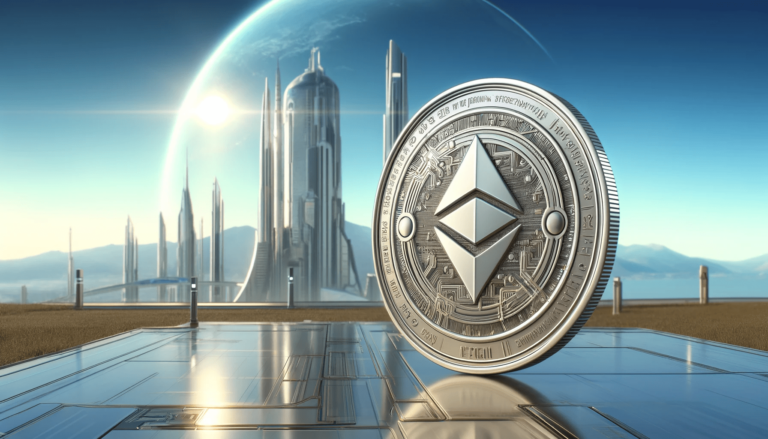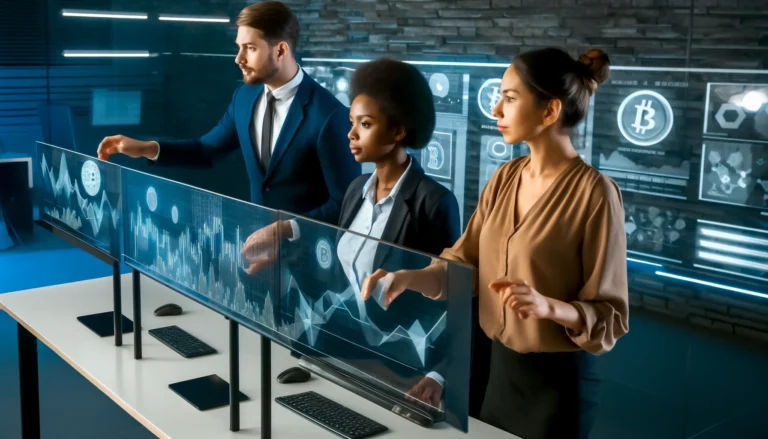A groundbreaking advancement in medical technology has been achieved with the development of 3D bioprinting techniques capable of creating human organs using a patient’s own cells. This innovation has the potential to significantly transform the field of organ transplants, making these life-saving procedures more accessible and reducing the risks associated with organ rejection and donor shortages.
Understanding 3D Bioprinting of Human Organs
3D bioprinting is a sophisticated form of printing where biological materials, such as cells and growth factors, are combined to create tissue-like structures that imitate natural organs. The process involves layer-by-layer deposition of bioinks containing stem cells that can differentiate into various types of organ cells. These printed organs are then cultivated in controlled environments where they mature into functional tissues.
Advantages of Bioprinting with Patient’s Own Cells
The use of a patient’s own cells to create organ tissues offers numerous benefits:
Reduction in Organ Rejection: By using the recipient’s own cells, the risk of immune rejection is dramatically reduced, leading to better post-transplant outcomes.
Elimination of Donor Requirement: This technology could potentially eliminate the need for donor organs, which are currently in short supply and high demand.
Customization: Organs can be customized to the specific size and shape needed by the recipient, enhancing the effectiveness and integration of the transplant.
Current Applications and Potential While still in the experimental stages, 3D bioprinting of organs has shown promise in several areas: Research and Drug Testing: Currently, bioprinted tissues are primarily used for pharmaceutical testing, allowing researchers to observe how drugs affect human tissue without needing human trials.
Complex Organ Printing: Efforts are underway to print more complex organs such as kidneys and hearts, which require intricate structures and vascular systems to function.
Challenges to Overcome Despite its potential, the widespread implementation of 3D bioprinted organs faces several significant challenges:
Technical Complexity: The printing of fully functional organs requires precise replication of complex natural structures, which is still beyond current capabilities.
Regulatory Hurdles: Extensive clinical trials are necessary to ensure the safety and effectiveness of bioprinted organs before they can be approved for medical use.
Ethical and Legal Issues: As with any new medical technology, 3D bioprinting raises ethical questions concerning the creation of human tissues and organs, requiring careful consideration and regulation.
Looking forward, continuous advancements in 3D bioprinting technology and cellular biology are expected to overcome current limitations, paving the way for routine clinical application of bioprinted organs. As research progresses, it is anticipated that more complex organs will be successfully printed and transplanted, ultimately revolutionizing organ transplantation.
The development of 3D printing technology capable of producing human organs from a patient’s own cells represents a monumental leap forward in medical science. This technology promises to enhance the accessibility of organ transplants and decrease the associated risks, heralding a new era in personalized medicine. With further development and refinement, 3D bioprinting could eventually solve the organ shortage crisis and improve outcomes for millions of patients worldwide.
























+ There are no comments
Add yours